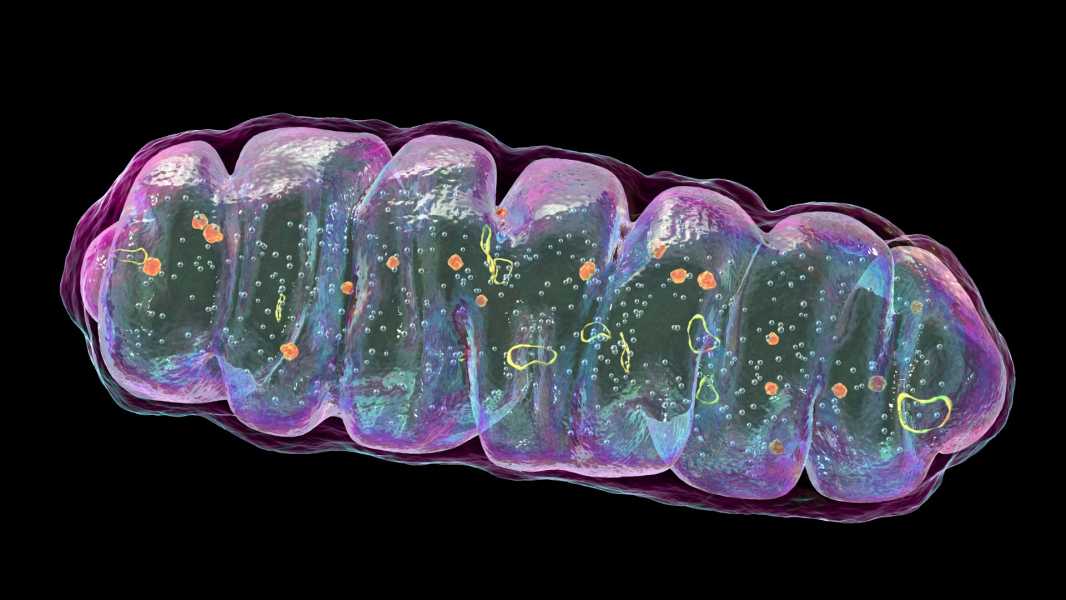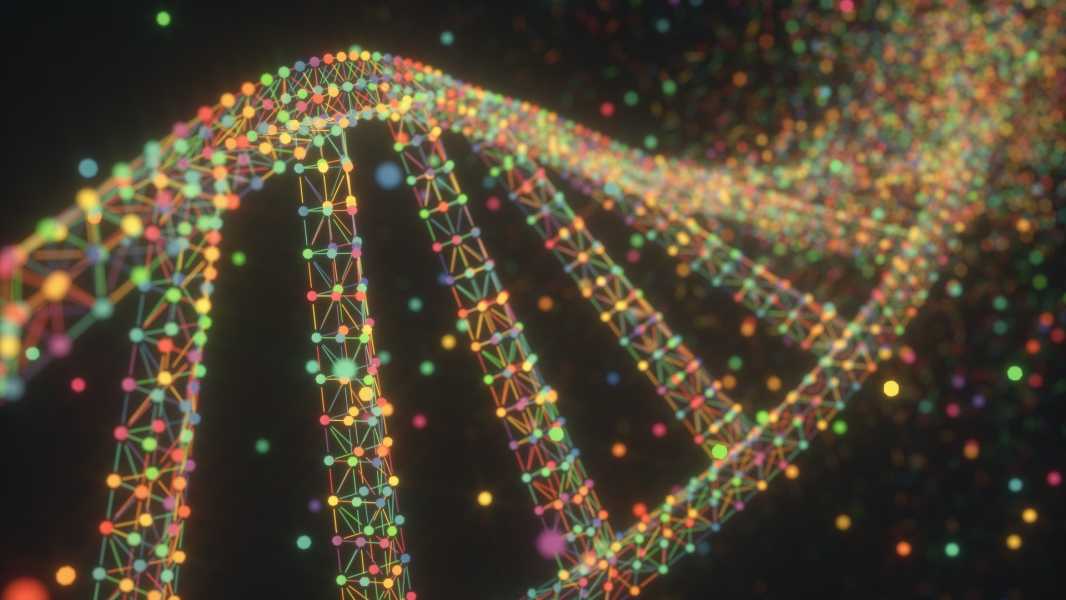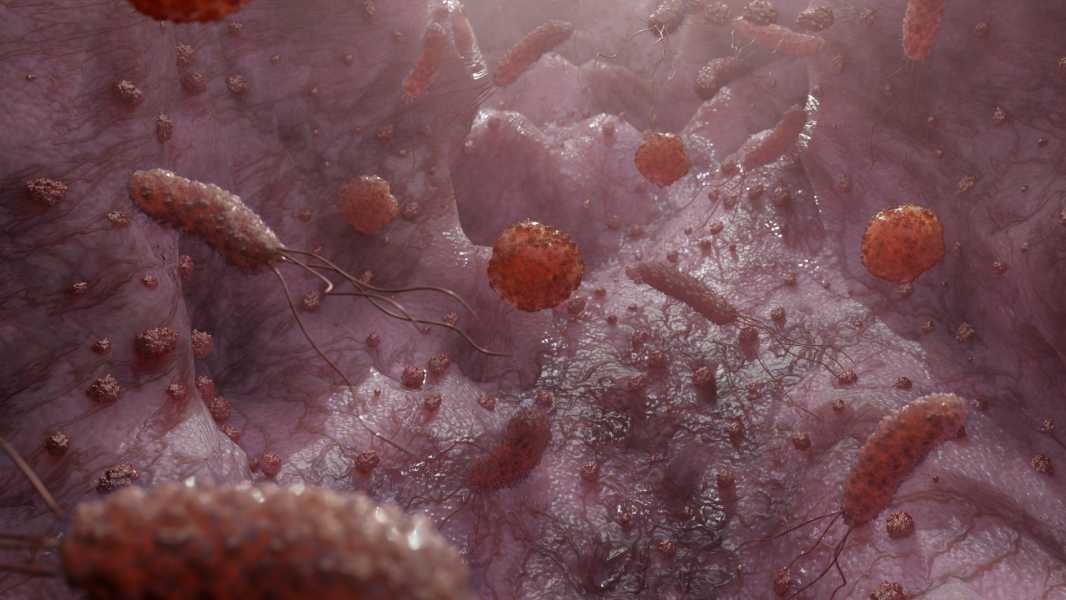
A child with a rare disorder affecting mitochondria, the cells' powerhouses (pictured above), is successfully undergoing an experimental therapy. (Photo: KATERYNA KON/SCIENCE PHOTO LIBRARY via Getty Images)
The eight-year-old boy's condition rapidly deteriorated over just a few months. In August 2023, he was actively playing football, but by September, he began to have involuntary muscle contractions in both ankles. By October, he could no longer run or play sports, and by the end of November, he was falling so often that physical therapists recommended that his family get a wheelchair.
Genetic testing confirmed the cause of the child’s sudden deterioration: he had two mutant copies of the HPDL gene. This HPDL protein is involved in the production of an antioxidant known as coenzyme Q10, which is essential for the normal functioning of mitochondria, the main sources of energy for cells.
HDL deficiency is rare and can vary in severity depending on the mutations a person has. The boy did not develop obvious symptoms of spasticity and paralysis until he was eight years old, but two of his siblings died in infancy from a more severe form of the disease, which causes brain damage and seizures.
You may like
-

American child receives first-ever personalized treatment for genetic disease using CRISPR
-

'A Truly Miracle': Common Gut Microbe Could Be Effective Treatment for Fatty Liver Disease
Sourse: www.livescience.com





